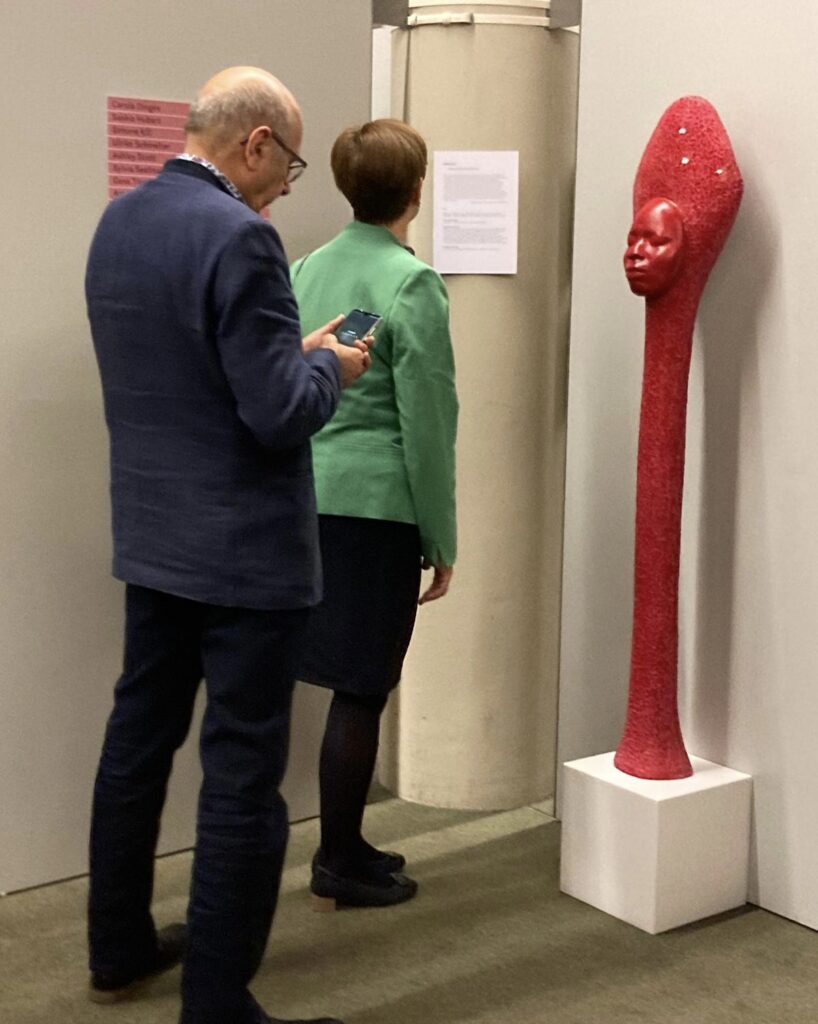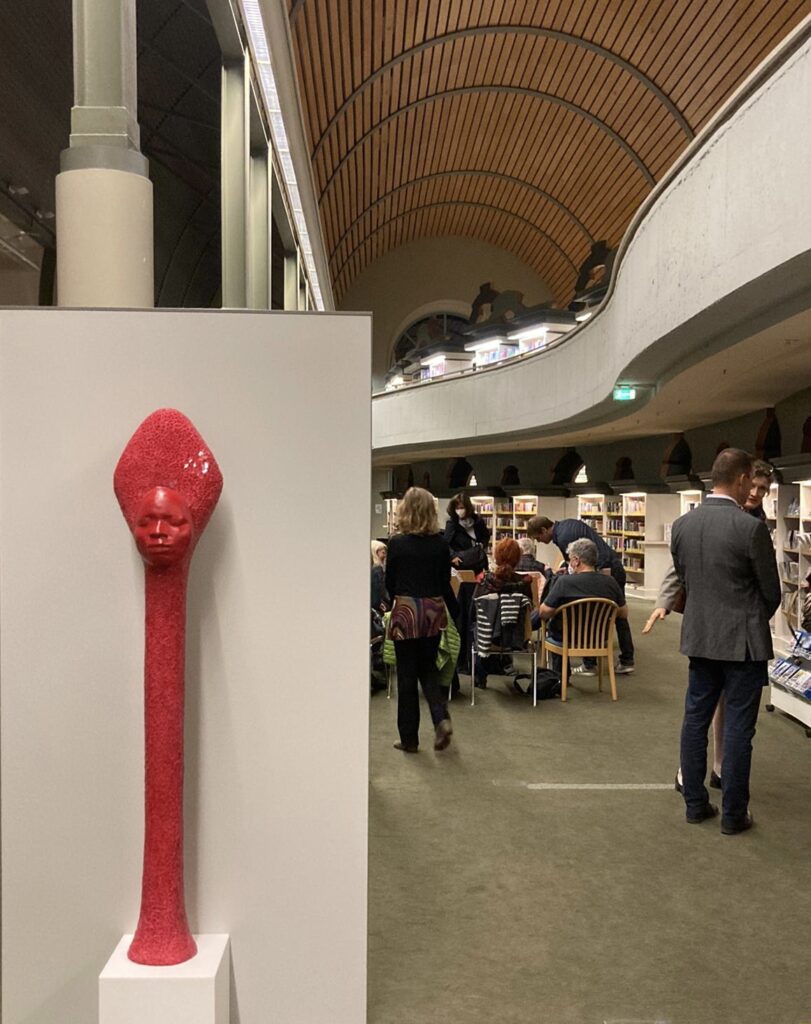HUMBOLDT BIBLIOTHEK
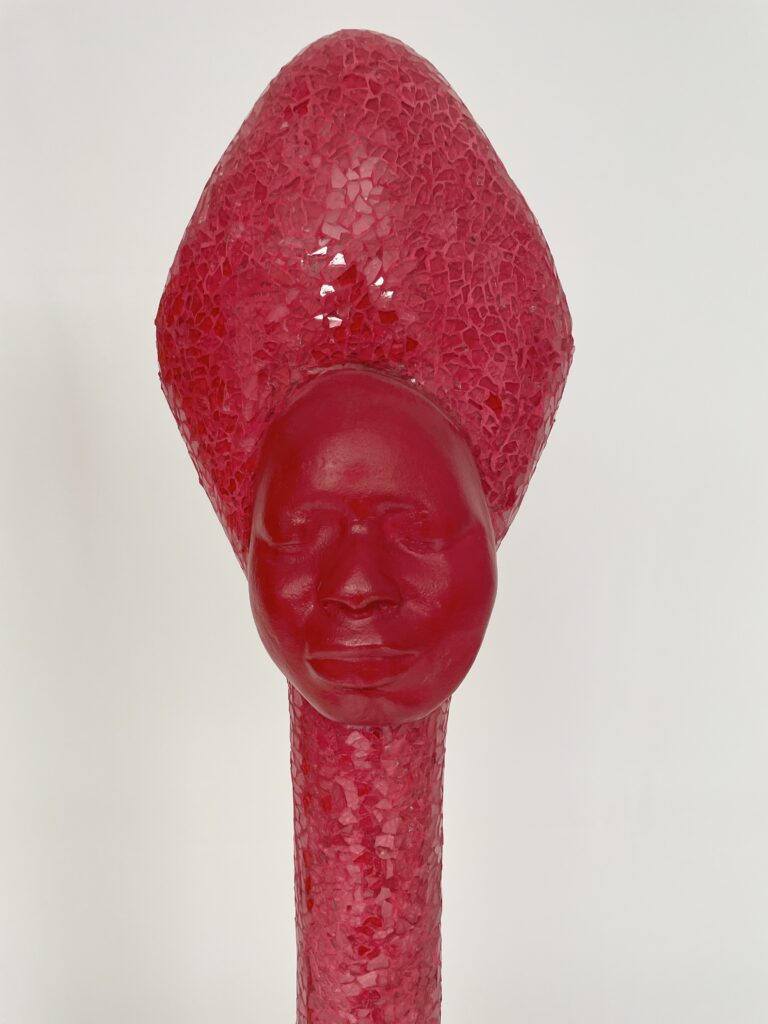
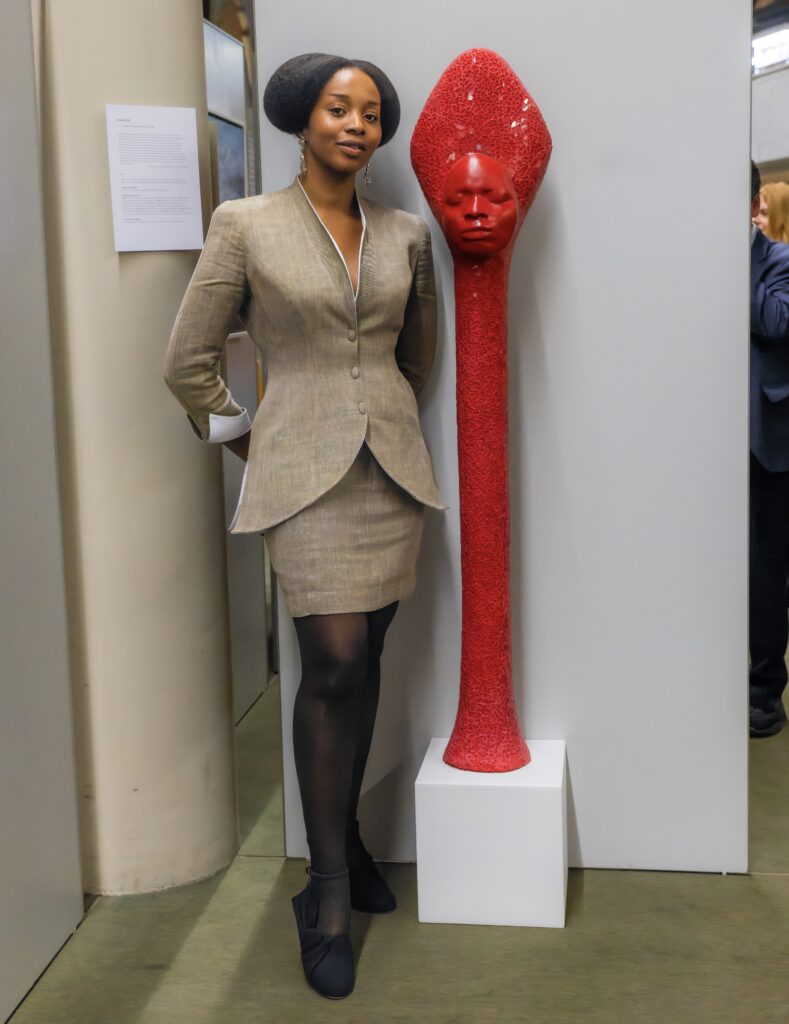
Under the title “Elf Stellen Sich Vor”, eleven artists present their works in a moderated discussion with Dr. Sabine Ziegenrücker at the historic Humboldt Library.
The exhibition honors the achievements of the artists and creates a platform for presentation and exchange.
Exhibiting artists: Carola Dinges, Saskia Hubert, Simone Kill, Ulrike Schmelter, Ashley Scott, Sylvia Seelmann, Gesa Titgemeyer, Astrid Weichelt, Christiane Weidner, Hille Winkler, Madlen Wróbel.
On view from 10.19.2022 until 11.25.2022
Karolinenstraße 19, 13507 Berlin
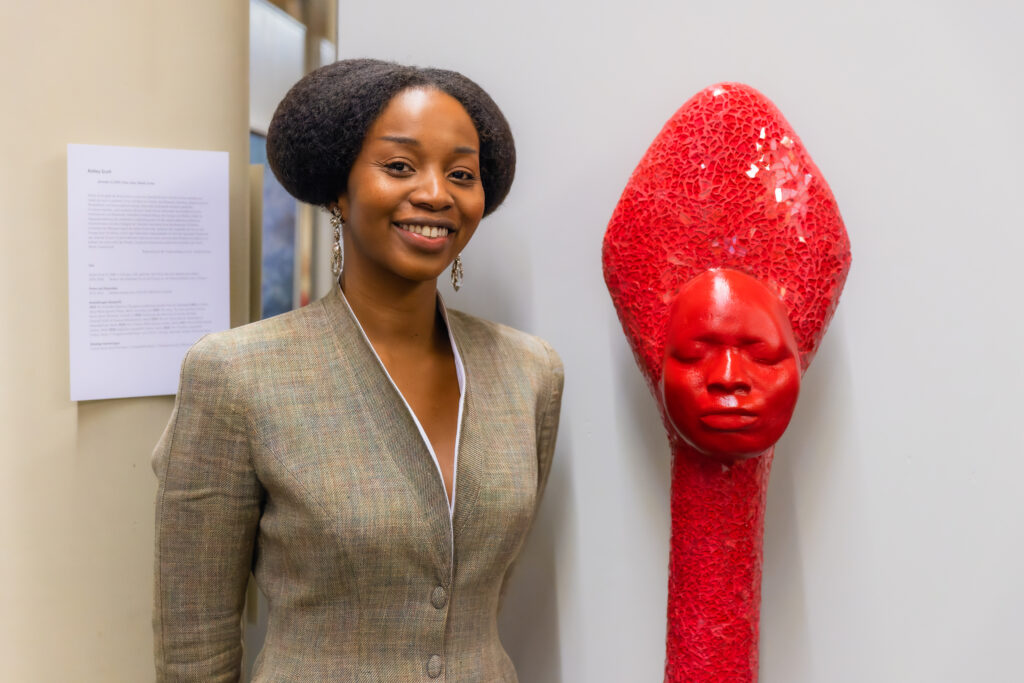
Ashley Scott takes up Black history as well as the history of her family in her work.
It includes issues such as slavery, sexism, demarcation of minorities and racial discrimination.
In her installations and sculptures, the artist deals in particular with the fate of individual female family members, including that of her Aunt Fancie.
Apparently simple things, such as hairstyles and fashion, form the basis of her artistic work in comparison to the female family biography with the current political events and the zeitgeist of the periods.
In the context of slavery, Ashley Scott explores, among other things, the significance of the hair and hairstyles of her ancestors, makes the viewer experience the powerful optimism of an oppressed minority with the sculpture shown here, such as Episode 11, and criticizes the uniformity of fashion, trends and identical political views of the social media society.
Slave traders once brought Ashley Scott’s ancestors to America from the “Gold Coast”, the coast of West Africa. To avoid starvation, women braided grain into their hair before shipment, and female family members wove secret messages and maps of escape routes from slavery into their hair.
In the 1960s, the “Great Migration” began from the southern states of the USA to the more advanced north.
Scott’s Aunt Fancie moved from Alabama to Chicago, was part of the Civil Rights Movement, met President Johnson and opened her own very successful hat making workshop.
She was the first truly emancipated and very creative woman in the Green family.
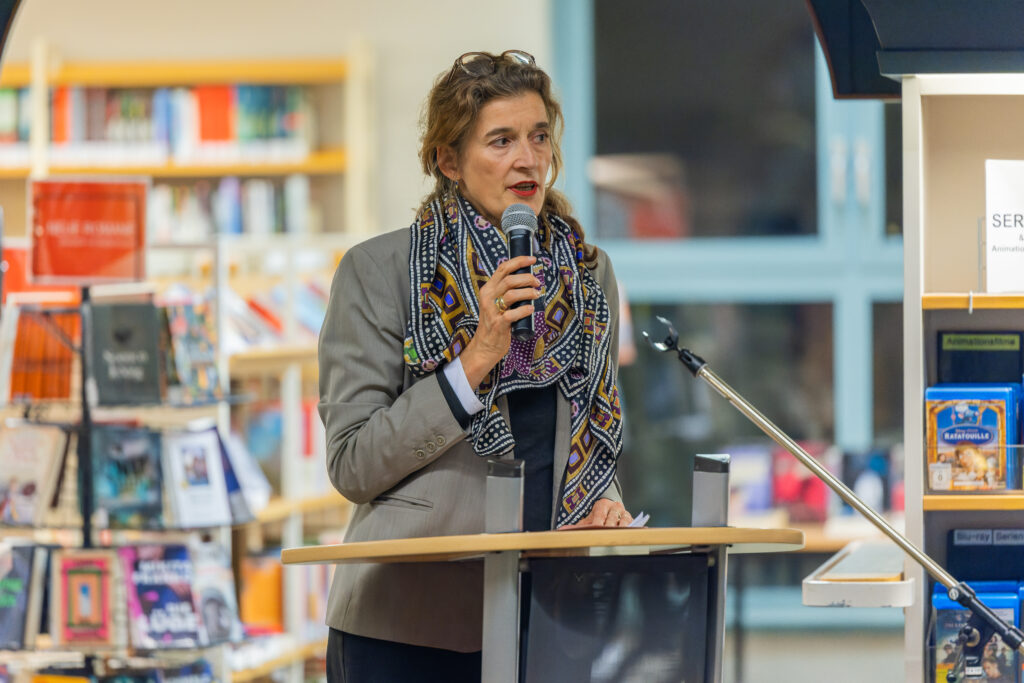

Looking at the artistic work of Ashley Scott, the legacy of a powerful and strong-willed origin becomes clear. The sculptural works show a pronounced stringency and separation between surfaces and colors. Glass fibre, broken glass, cotton and plastic that have not been processed as intended are arranged into soft yet faceted forms in bright colors that flow into one another.
One does not necessarily want to comply with the basic instinct of touching and haptic experience with these works, despite everything, the structures arouse curiosity in the viewer.
Loud, demanding and intrusive, her works are inspired by jazz musicians such as Ornette Coleman and John Coltrane, who based their brilliance on the dissolution of existing rules and harmonies.
Traditions of the art of the Bubi and Fang in West Africa flow, the North American slaves with their hidden symbolism, the reports of unsuccessful attempts by black Americans to adapt to white rules of life and ideals of beauty, up to the adoption of “black features” from the mainstream and the struggles to one’s own fashionable presence in Ashley Scott’s artistic understanding, which she investigates in an unyielding manner and against the background of personal connections.
